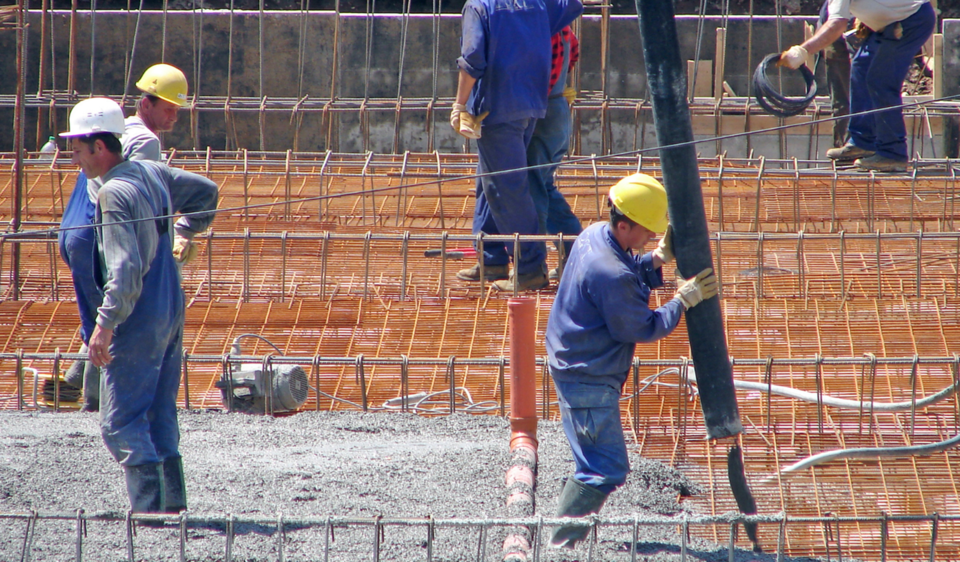Once not that long ago, I was making rounds around Estevan when I noticed that every other place in town is hiring.
Be it an ad on the door, or a job opening posted in the paper or online, it seemed that the number of vacancies, in general, was up big time.
(By the way, if you haven't heard yet, the Mercury is hiring too, so if you'd like to try yourself in sales, please contact Pat at [email protected].)
There might have been some people that moved out over the past few years, but in general, the community didn't look much smaller to me.
Some houses in Estevan are up for grabs, but it seems that there are not as many as there used to be in 2017-19. And it definitely doesn't look like the housing market in Estevan is overloaded with supply and is short on demand. With all the sold signs around the community, I could tell that the houses are moving.
So where did the people go, I thought, that so many businesses now need more help.
A closer look showed that the problem is pretty universal across the country, as every province is short on employees these days.
My first guess was to blame the pandemic for everything. Pretty fast, COVID changed how people treat their jobs, as a lot of low-paid jobs were successfully covered by various government support funds, and at some point employers had a hard time getting people to come back to work. But apparently the problem the Canadian labour market is facing now is much bigger than a post-pandemic crisis.
While the pandemic indeed reshaped the employment situation, as many employees who were sent to work from home prefer to continue working remotely, what we are dealing with now is not that much related to the changes that occurred over the past two years.
Most people indeed either returned to their jobs or by now found new employment. The research on the situation quickly showed that the main issue we face today is a generational shift.
The era of baby boomers is gradually coming to an end, leaving Canada with a lower percentage of the work-age population. This significant demographic shift was in the making for decades and now the predicted labour shortage is coming to fruition, reshaping our reality.
One of the main numbers that illustrate the situation is the unemployment-to-job vacancies ratio, which brings together the number of people looking for jobs with the number of open vacancies. According to Statistics Canada, we are sitting at a historic low for this index at 1.4 in 2022, a record tight labour market, down from around 4.5 in 2016.
The unemployment-to-job-vacancy ratio has decreased in every province and is lowest in Quebec and British Columbia. Saskatchewan went from closer to four in 2021 to under two in 2022. And with all the hiring signs, it's definitely not because of the lower numbers of employment opportunities. We just don't have the same amount of workers anymore.
The post-war generation is retiring, leaving the millennials, a much smaller group, to cover the needs. COVID indeed might have sped up the inevitable labour crisis, as some of those 55-plus opted for early retirement over the past couple of years. Besides, the pandemic slowed down immigration processes in place to enrich the labour market.
Statistics show that currently most Canadians between 25 and 54 are involved in the workforce. But we are simply left with not enough younger workers who could have taken upon the jobs left behind by the boomers.
Since the economy doesn't stand stagnation, the market already started reshaping.
In a battle to attract and retain workers, those industries that have lower-paying jobs started bumping wages up. A friend of mine working in a grocery store just got a $2 raise even though she started at higher than minimum wage to begin with and she started less than 12 months ago – something hard to imagine a few years back.
Economists call it the employees' market, where workers now have a lot of influence over the employer and their own employment conditions. With a variety of jobs available, people don't want poorly paid jobs. They don't want to work odd hours either.
Will it mean that such industries as construction, manufacturing, food and accommodation services will have to find a new way around? To a point. Some of the jobs can eventually be robotized and digitalized. And other skilled employees will probably see employers competing for them by further increasing wages and offering benefits, driving the wage inflation up.
I'm assuming that Canada is to see more immigration programs and incentives in the near future too. But first Immigration, Refugees and Citizenship Canada needs to figure out their own labour situation and processing times, as things that would take about half a year before the pandemic can now be lagging for over two years.
One way or the other, we are already seeing some seismic shifts in the labour market, and I assume more are to follow.




